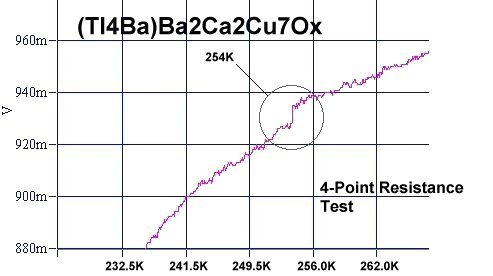Superconductivity at -19 ° С
Previously, it was possible to achieve superconductivity only at ultralow temperatures, close to absolute zero, but chemists did not stand still. They continue to create new experimental materials with a maximum transition temperature to the superconducting state. A new record was set on October 10, 2009 at 254 ° K, i.e. around -19 ° C. Thus, for the first time, the effect of magnetic levitation can be observed in almost any home refrigerator.

Superconductivity is the property of some materials to have strictly zero electrical resistance when the temperature reaches below a certain value. The phenomenon of superconductivity is used to obtain strong magnetic fields, because when passing through the superconductor strong currents that create strong magnetic fields, there is no heat loss.

Superconductivity is the property of some materials to have strictly zero electrical resistance when the temperature reaches below a certain value. The phenomenon of superconductivity is used to obtain strong magnetic fields, because when passing through the superconductor strong currents that create strong magnetic fields, there is no heat loss.
